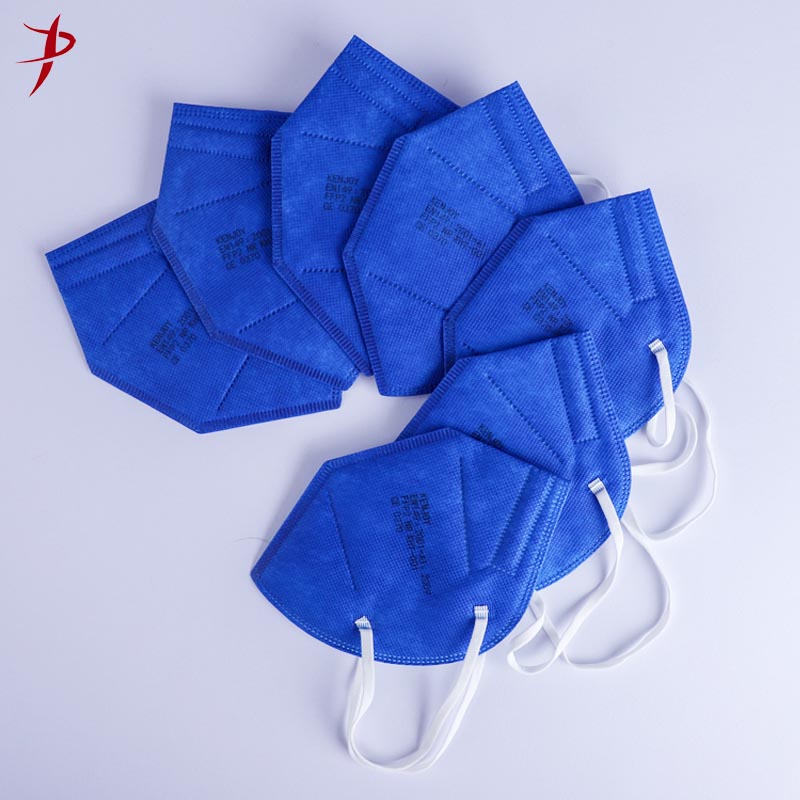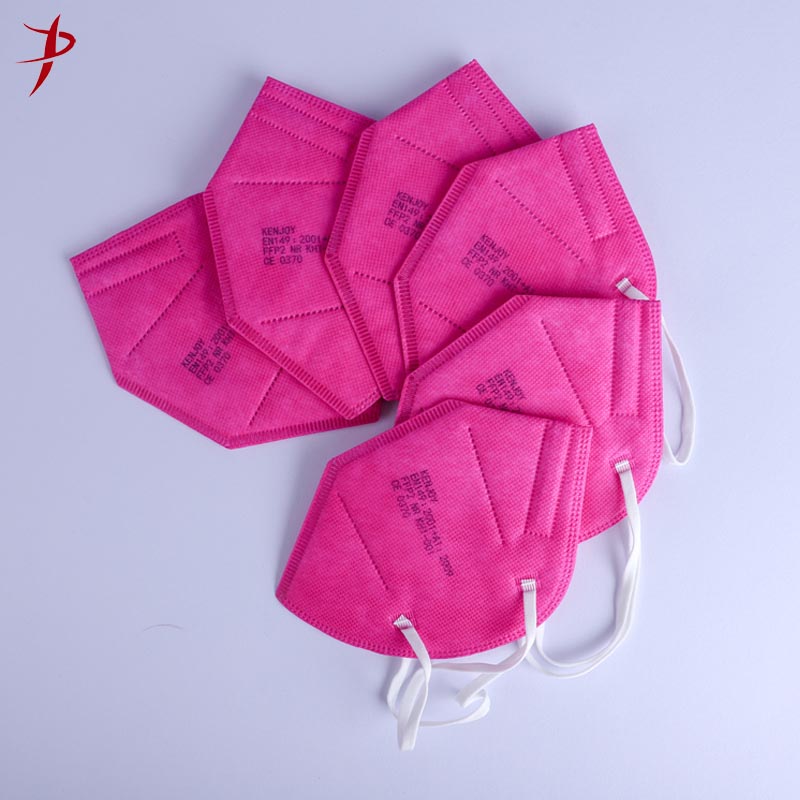are ffp2 masks fluid resistant| KENJOY
Nowadays, wearing a mouthpiece is a necessity, and there are a variety of safe ffp2 masks on the market, each of which is designed to protect the wearer or those around them from airborne diseases. So is ffp2 liquid resistant? Next, let's take a look at it.
Background
Because some ffp2 masks are similar in appearance to many surgical masks (also known as medical masks), the differences between them are not always well understood. However, respirators and surgical masks differ greatly in terms of intended use, facial fit, wearing time, testing and approval. The purpose of this content is to highlight some of these differences, especially for health care workers. Medical masks can be provided to patients to help protect health care workers and other patients from introducing particles into the room when the patient speaks, sneezes or coughs.
Purpose
Small or large droplets of secretions are released from the mucous membranes of the mouth and nose when breathing, talking, coughing and sneezing. In a sterile environment, such as an operating room, these secretions may then spread through the air and pollute the environment. The main use of ffp2 masks is to help prevent biological particles from being expelled into the surrounding environment by the wearer. Ffp2 masks are also usually designed to prevent liquid spatter, prevent blood and other infectious substances from spattering, not necessarily filter efficiency. There are three types of ffp2 masks-the first type of surgical mask is used to help reduce the risk of transmission of infection through droplets (worn by patients and health care workers). Types II and III masks are mainly used by health care professionals in operating rooms or other medical facilities with similar requirements. The ffp2 mask is not necessarily designed to fit closely with the face, so there is the possibility of air leakage at the edge of the mask. Even some ffp2 masks that look like respirators may not be designed to protect the wearer from airborne hazards; therefore, they should not be seen as equivalent to government-approved respirators. If the main goal is to reduce the wearer's exposure to particulate matter in the air, a government-approved respirator should be used. Gas masks are designed to help wearers reduce exposure to particles in the air. They are designed to provide a high level of particle filtration and tightly sealed on the wearer's face, thereby reducing the possibility of air leaking from the edge of the mask to the wearer's breathing area. Respirators can provide different levels of filtration efficiency and surface seal leakage. Some government-approved respirators are designed to feature approved respirators and ffp2 masks. In Europe, these products are suitable masks for testing two mask standards and approved personal Protective equipment (PPE) regulations and medical devices. The wearer's ears can be fixed with straps and nose clips. Ffp2 masks can be divided into different categories according to their filtration efficiency, air permeability and liquid splash resistance.
Wearing time
Respirators must be selected correctly, carefully worn and taken off in clean areas, and always worn in contaminated areas to significantly reduce exposure. In contaminated areas, even taking the mask off 10% of the time can significantly reduce the protective effect of the mask. To control infection, respirators and surgical masks are usually treated after each operation or patient activity.
The above is the introduction of ffp2 masks. If you want to know more about ffp2 masks, please feel free to contact us.
Learn more about KENJOY products
Post time: Feb-09-2022



